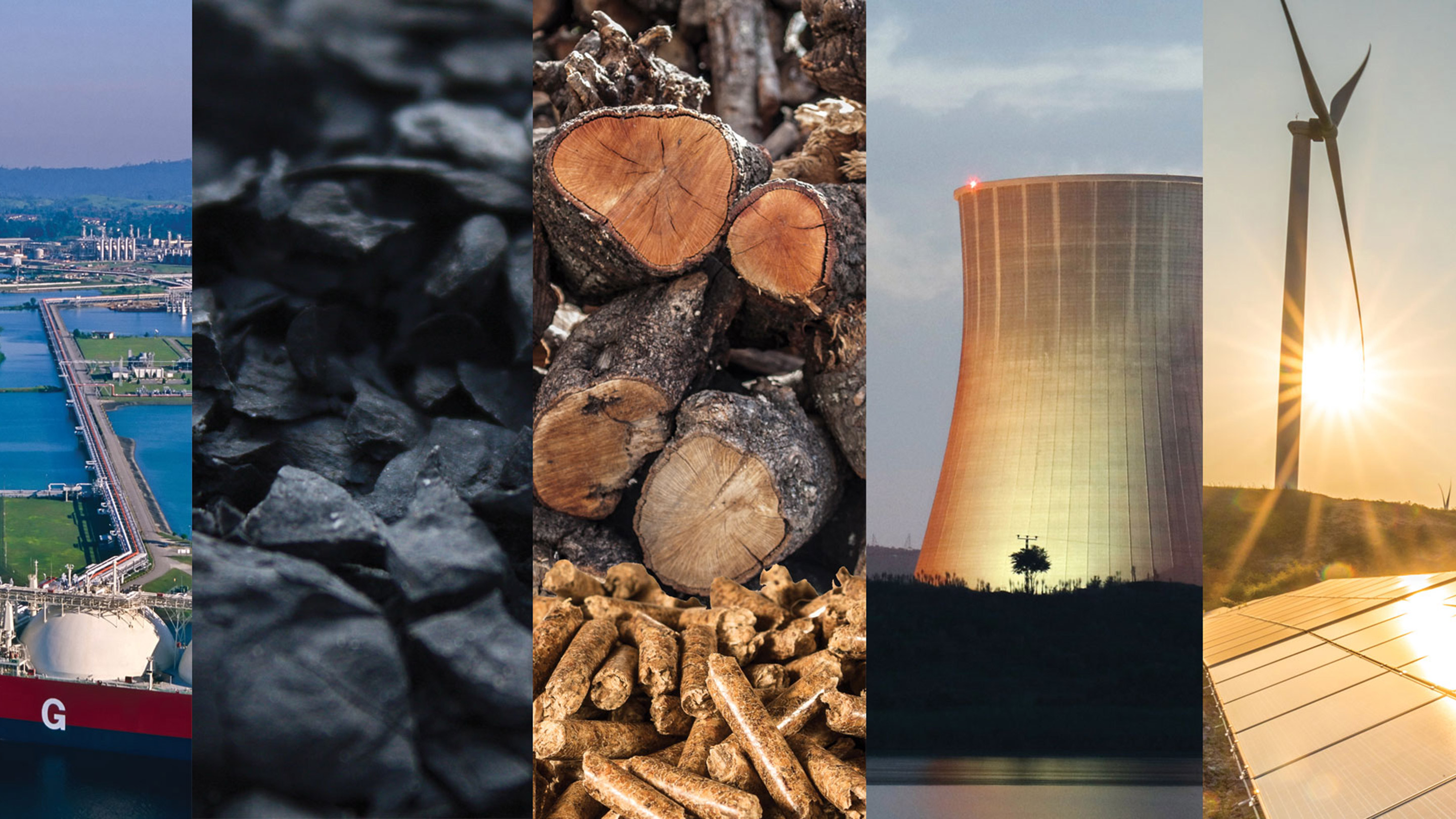selected item

Report
Emissions
Providing reliable, affordable energy to support prosperity and enhance living standards is coupled with the need
to do so in ways that reduce impacts on the environment, including the risks of climate change. This is society’s dual
challenge and ExxonMobil takes it seriously.
Report
Related content

Pursuing a 2°C pathway
Many uncertainties exist concerning the future of energy demand and supply, including potential actions that societies may take to address the risks of climate change.
Report
•

Outlook for Energy: A perspective to 2040
The 2019 Outlook for Energy is ExxonMobil’s latest view of energy demand and supply through 2040. For many years the Outlook has helped inform ExxonMobil’s long-term business strategies, investment plans and research programs.
Report
•

Global fundamentals
Energy is essential for society’s progress. Economic expansion and improving access to energy enable longer, more productive lives for the growing global population.
Report
•

Energy supply
Energy – in all its forms – enables growth and prosperity. As economies grow, as technology advances, as consumers become more environmentally aware, and as policies adapt, global energy demand will evolve to meet changing needs.
Report
•

Energy demand: Three drivers
Policy. Technology. Consumer preferences. All three impact how the world uses energy. Each driver influences the other. The interplay between these can vary depending on local circumstances (available resources, public support) and can change over time. At ExxonMobil, we’re continually studying energy demand and developing models that measure its potential impact — all in an effort to gain a deeper understanding of the interconnectivity of the global energy system.
Report
•

Energy matters
With the world’s population estimated to reach more than 9 billion people in 2040, providing enough affordable energy to help improve global living standards is a significant challenge. We expect that continued progress, powered by human ingenuity and technology, will help make better lives possible, while appropriately addressing climate risks.
Report
•